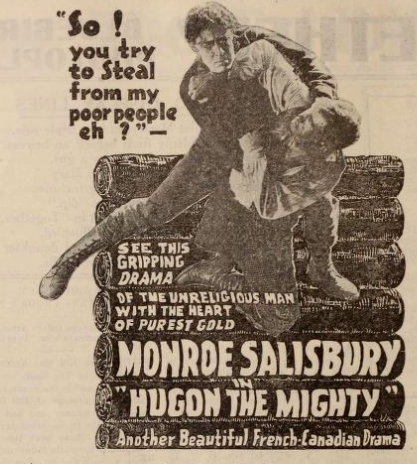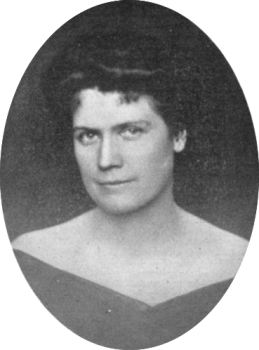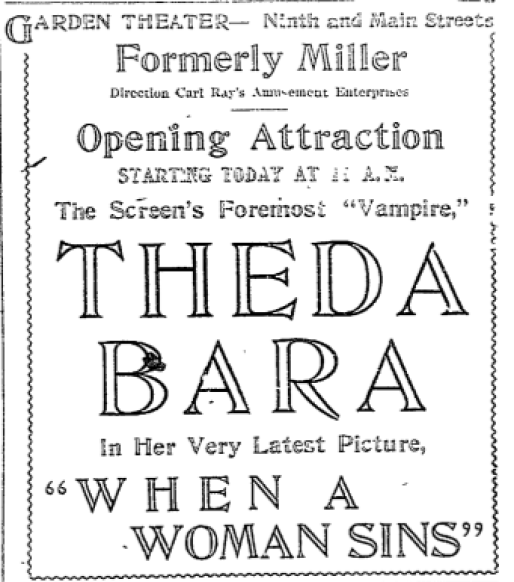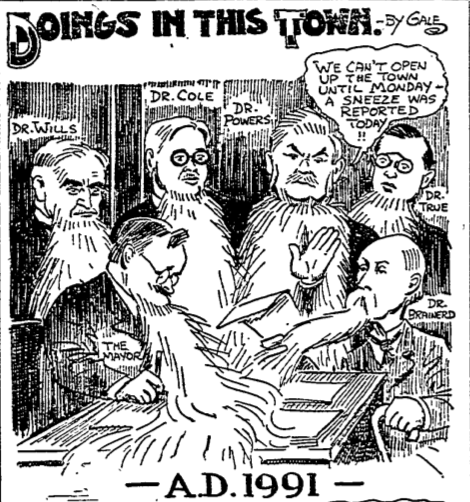
One hundred years ago this week, the pictures finally came back to Los Angeles. Grace Kingsley’s colleague Antony Anderson got to announce it in his December 2nd article entitled “Funless Season Ends Today:”
Shout the glad tidings along the Rialto! The flu is vanquished and the theaters of Los Angeles will reopen today. Therefore, let us all make merry and go to the pictures and plays from which we have been barred for seven weeks—the longest seven weeks in the history of Los Angeles.
On Monday morning, Health Commissioner L.M. Powers went to the City Council and asked them to revoke the emergency ordinance that closed all the theaters. He wrote a letter, too:

They were allowed to open right away. The rush back to them was nearly as happy as Victory Day, and the December 3rd report was called “Fiesta Spirit Pervades City:”
Only lacking the bunting and flags and music and a formal procession to be like a great fiesta—but saturated with the fiesta spirit of gaiety and good cheer—the downtown streets of Los Angeles surged yesterday with people. They were celebrating the lifting of the “flu” ban that has been in force for seven weeks and two days.
From the depression of closed theaters and other places of amusement, closed churches and assembly halls, presence of occasional face masks and frequent warning signs, the city reacted yesterday to the spirit of gladness. People who have been staying closely at home for weeks joined the throngs downtown; even the outside places sent in large numbers of folk to participate in the abolishment of the “funless” season.
Up and down Broadway, and on the other retail streets, the crowds surged each way. Stores were filled with shoppers, and the Christmas trading rush was fully on. Theaters attracted long lines of patrons, hungry for the diverstiment of motion picture and vaudeville…Some of the picture shows opened their doors early yesterday forenoon, and their patronage began at once, increasing in volume as the day proceeded…Long lines of people stood before the ticket windows at these places. The afternoon shows had crowds far above normal, and last night the theaters played to capacity houses.
Anderson and Kingsley had their work cut out for them that first night, running out to the theaters and filing their reviews in time for the morning edition. Anderson, who’d written only two articles during the whole closure (one about gramophones and one on art exhibits) really made up for lost time—the next day his opinions on a play, a vaudeville show and three movies appeared in the paper.
Kingsley was on the job too, reviewing the programs at the Kinema and the Superba as well as a vaudeville show. But first she captured what it was like to return to the theaters:
“Say, honest, Uncle Tom’s Cabin or Ten Nights in a Bar-room would look good to me!”
That’s what a man standing behind me last night in the long queue of eager amusement-seekers said to the girl that was with him.
That expressed it all. Crowds surged and fairly fought each other for a chance to get a peep at the romance and thrills that lay just beyond the plush curtains, and of which they had been deprived of for seven long weeks, while the music given forth by orchestras, which are now a part of every well-ordered theatrical entertainment nowadays, was like water to a thirsty land. All the matinee girls and boys in town were on the job as early as yesterday afternoon, and last night the theaters wouldn’t hold the crowds.
Her first movie was a war picture, Vive la France, starring Dorothy Dalton. She thought it was a singularly poignant and well produced photodrama. “War stories already sound passé to tell about, but this one you will find terrifically gripping and absorbing.” In addition, the Kinema featured “a perfect jewel of a comedy on the bill—probably the funniest burlesque of war plays that has ever been made aside from Charlie Chaplin’s Shoulder Arms.” This lost and forgotten film was Mongrels, a Fox Sunshine comedy from Henry Lehrman. There were humans like Lloyd Hamilton in it, but according to Moving Picture World (October 26, 1918) the best part was a war allegory performed by four dogs: a French poodle, an English bulldog and an American terrier who join together to chase off a dachshund in a German helmet. Kingsley added that “there is a trick duck which is alone worth the price of admission.”

The she headed over to the Superba to see Hugon the Mighty, another “notable triumph” for Monroe Salisbury. It was the story of a French-Canadian backwoodsman who must defend his land from a crooked surveyor. It’s also a lost film.

She also managed to attend the Orpheum Theater that night, and reported
The vaudeville hounds were out in full force yesterday at the Orpheum. And they weren’t disappointed. It wasn’t just because their appetites were whetted by a seven weeks’ famine, either, that they liked the show, but because it’s a typical, old-fashioned vaudeville show, without a headache or a highbrow on the bill.
The show included comic singer Eve Tanguay, (about whom she said, “there’s nobody like her. She’s perpetual motion, life and vivacity.”), a comic sketch called “Married Via Wireless” about the troubles of young lovers planning their wedding via radio, Eddie Foyer reciting Robert Service’s “Lady Lou,” dancer Alla Moskova and a magic act, the Florenzo Duo. It seems like Kingsley was as happy to be back to work as the audiences were to be back in the theaters.
Those films weren’t even her favorite this week. That was Peck’s Bad Girl, starring Mabel Normand.
Pep in the original package is Mabel Normand at all times and she’s just spicier than ever in Peck’s Bad Girl at the Rialto. Of course, Peck’s Bad Girl is all Mabel Normand. While it’s a smart and amusing little photoplay, without Mable Normand it would be like an oyster cocktail without tabasco, an eggnog that’s been denogged…Mabel is that irresistible combination, a howling beauty and a real comedienne so she gets away with the most commonplace bits of mischief in an entirely engaging and amusing way.
Other critics agreed with Kingsley; Variety (September 20, 1918) called Normand “one of the greatest of all comediennes” and said it was a “capital picture;” while Edward Weitzel in Moving Picture World (September 28, 1918) said “the laughs begin early and last to the end.” Unfortunately, it’s a lost film.

With the film industry returning to life, Kingsley had news about yet another big star contract:
It’s a slow day which doesn’t show one of our hand-painted leading ladies breaking into the million-dollar star class. Now it’s Bessie Barriscale…Miss Barriscale is as well known for her versatility as for the quality of her talents, and it is said that the sixteen pictures will show almost as wide a range of expression and characterization as the pictures themselves number.
Barriscale had signed a contract with the Robertson-Cole Company to deliver the films by January 1, 1921. She, and her company, BB Films, made the sixteen pictures, and her roles were as varied as promised, from a society girl turned gambler in All of a Sudden Norma to a kidnapped girl sold as a slave in Her Purchase Price. However, most of them weren’t financially successful and her film career ended. She went back to the theater for a long career. She’s been almost entirely forgotten, despite being respected and well paid, probably because most of her films were lost. If you’d like more information about her, visit the Women Film Pioneers website.
































